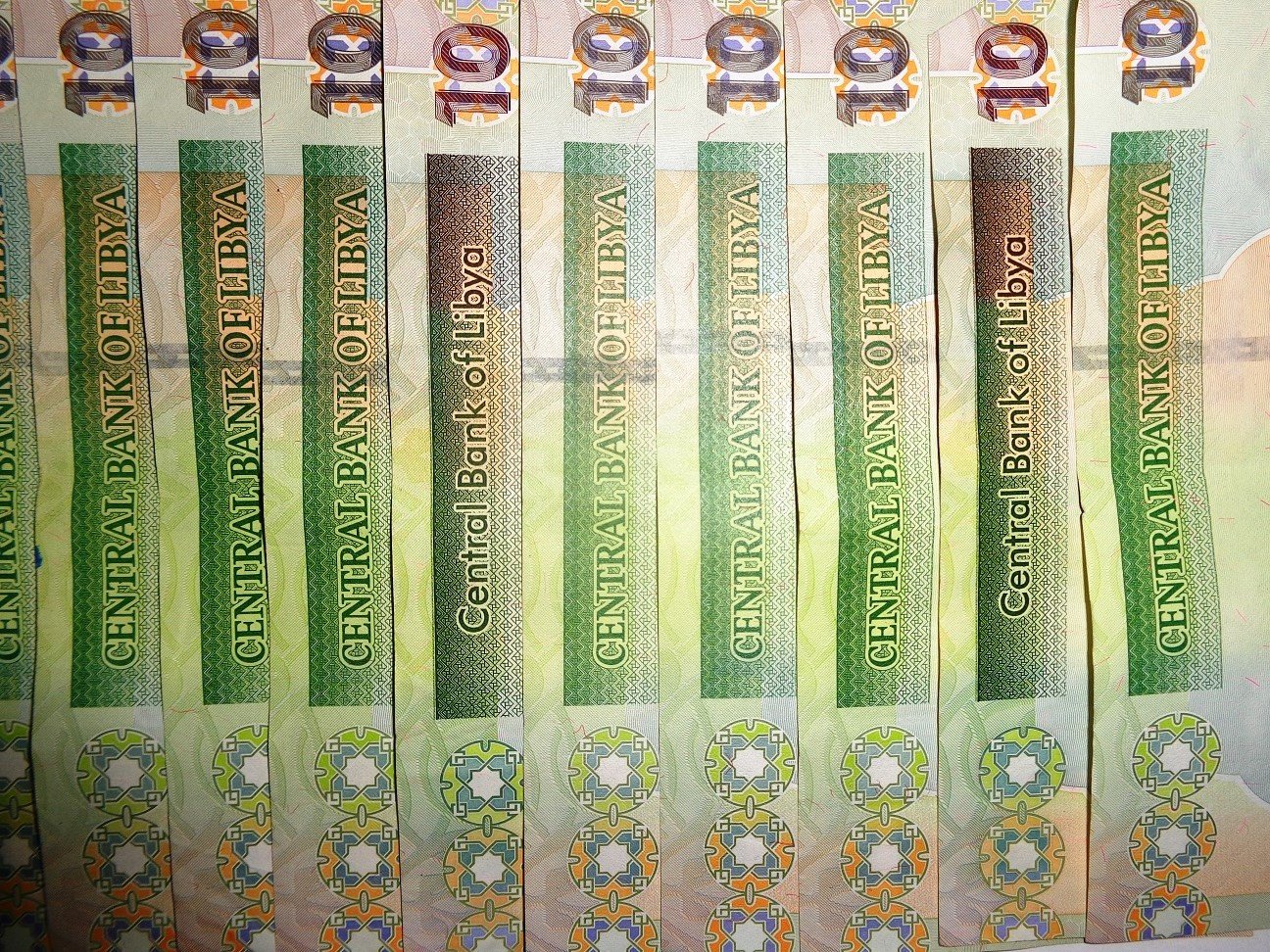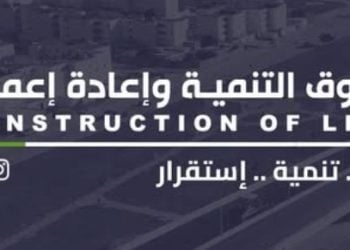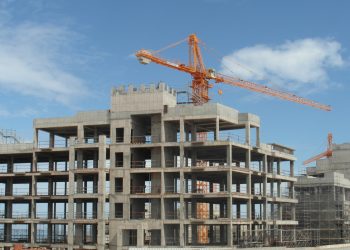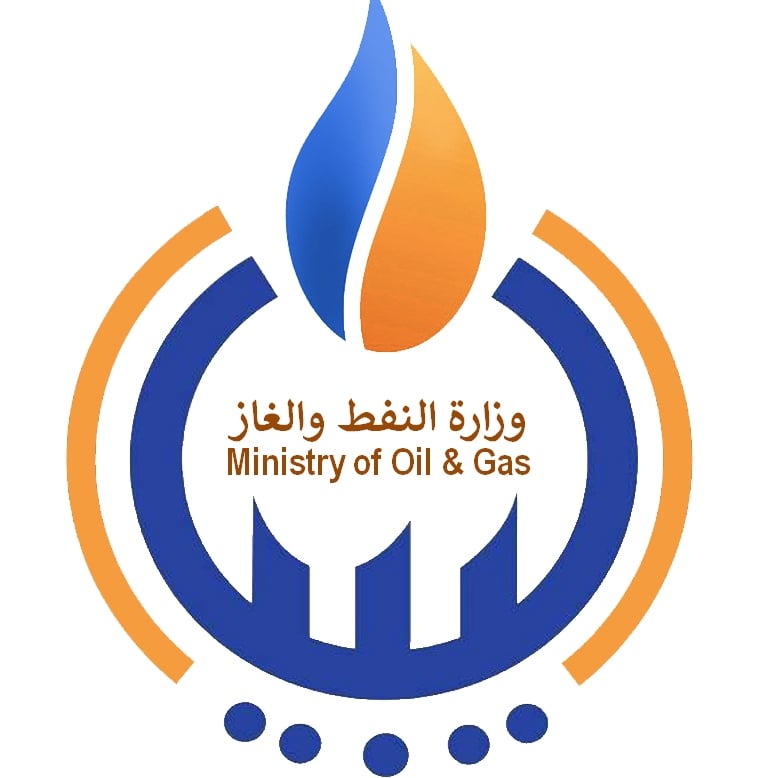Tripoli based Libyan Prime Minister, Abdel Hamid Aldabaiba, issued Circular No. (2) of 2025, today which included ‘‘a set of controls and procedures aimed at rationalising public spending on official events’’.
The Tripoli government said this comes within its ‘‘framework of enhancing good governance and ensuring optimal management of the state’s financial resources’’.
Government v Central Bank
The announcement by the Tripoli government is an admission of government overspending and brings to the fore a historical dilemma for governments and central banks that has existed well beyond Libya. Is it possible to spend your way to growth, and hence to economic and political stability? And in Libya’s case it is an even grander desire to reestablish a state with a unified police and army.
Libya cannot buildup large deficits
The problem is, all states, including Libya, have finite revenues, and central banks do not like governments to spend more than their revenues. Yes, the US and most developed states can run on deficits of varying degrees over the decades – but Libya is not a developed state.
Hence, there has been an ongoing battle in Libya, to varying degrees, between the governments of the day, and especially that of Faiez Serraj and the current Aldabaiba government, and the Central Bank of Libya (CBL). It is fair to say that the outgoing CBL Governor, El-Kabber, was ousted by the current Aldabaiba-Menfi administration because of his reluctance to loosen the purse strings.
CBL acting as legislature?
The added problem for Libya’s CBL since the political split between the Tripoli government and parliament, is that the CBL has had to act as the balance and check on the government – in lieu of an effective parliament. There is no parliamentary oversight on the current government by MPs.
As a result of this void, there has been a tug-of-war between Tripoli governments and the CBL as to who has the final say on economic and monetary policy.
Aldabaiba likes spending
Aldabaiba likes to spend but has not been so good at coming up with improved or new revenue generating projects – including diversifying the economy away from hydrocarbons. He likes construction projects and likes to give out handouts such as the youth and women and child allowances. He had intended to run in the last cancelled elections and his critics saw his profligate spending as part of an early – and now continuing – election campaign.
Runaway subsidies
The then CBL Governor, El-Kaber, was particularly irked by the runaway subsidies and specifically the subsidies for electricity, which with constant electricity generation, have rocketed. The CBL Governor had wanted Aldabaiba to enforce subsidy reforms, increase oil production, increase other tax revenues, and rationalise spending.
Aldabaiba reluctant to implement unpopular policies
Aldabaiba, however, is reluctant to take tough action. He is scared to rock the political boat. He fears popular demonstrations, or any civil unrest caused by price rises as a result of subsidy reforms which he feels would be exploited by his enemies to topple him – especially his nemeses, the eastern based House of Representatives (HoR) Speaker Ageela Saleh and Khalifa Hafter.
Eastern based HoR wants a new unified government
Specifically, this is especially since the eastern based parliament (HoR) has appointed its own eastern based government and wants a new unified government to be in place as a condition for allowing elections to go ahead. This new unified government is not to be headed by Aldabaiba.
Current spending unsustainable
There is no argument about the fact that the current spending on state-sector salaries and subsidies is unsustainable. The latest CBL report, up to 28 February 2025, says Libya’s state budget relies 98 percent on hydrocarbon revenues, or LD 17.7 billion, while other non-oil revenues were only LD 325 million.
Furthermore, the CBL report says while total government spending for the period amounted to about LD 8.4 billion, of this, LD 5.9 billion was spent on state-sector salaries and another LD 2.5 billion was spent on subsidies.
This unsustainable spending on state-sector salaries and subsidies is especially the case if Aldabaiba wishes to continue spending on other sectors such as roads, schools, the health sector, airports etc etc.
Libya’s revenues are finite and the CBL does not want to increase the state dinar or dollar deficit. Increasing the dollar deficit will only continue to devalue the dinar’s exchange rate. Nor does it want to continue to dip into and exhaust its hard currency reserves.
Development cannot wait for a political solution – make up for lost spending
The CBL wants the government to earn what it wants to spend. Aldabaiba seems to have an alternative view. He feels Libyans have waited a long time (since the 2011 revolution) for development spending. He feels roads, bridges, hospitals, schools, and other various projects – and especially those that are near completion – can no longer be postponed. Hence, he launched his ‘‘Return of Life’’ policy of launching and completing many of the above listed projects.
Economic development to lead to political stability?
Aldabaiba sees these projects as providing economic stability, which will in turn provide or lead to political stability. It’s a recognition that political unity between western and eastern Libya may be long in coming – if ever. Hence, he is working on a western regional level. He is not waiting and rather is forging forward with economic development hoping it will either substitute for political unity or lead to it.
Banking on increased oil production
Aldabaiba is spending, banking on in the short term on the continued oil revenues. But he is also gambling on the planned oil production increases from the National Oil Corporation by virtue of the increased budget it has received to ramp up production.
The CBL and government need each other
It is a fine balancing act. And it’s a risk that ultimately rests on the CBL playing ball with the government of the time. The two have different dynamics and lifespans, but neither wants the threadbare political system that has brough a good semblance of political and economic stability to the country to collapse. Nobody wants to return to the bad old days. Libya has come a long way since the early to mid-years of the 2011 revolution.
CBL: the long-term guardian of Libya’s money – beyond short term governments?
The CBL sees itself as the long-term guardian of Libya’s money. This includes domestic and overseas savings and investment. It does not consider the government as having a blank cheque when it comes to spending – and especially politically motivated populist spending ahead of any planned elections.
.
CBL’s latest revenues and spending data reveals a dinar surplus but a dollar deficit
Tripoli government completes or launches 68 new projects in February 2025
Aldabaiba relaunches construction of Tripoli Gate’s Zumurrud Shopping Mall on Airport Road
Al-Andalus Marina opened by PM as part of 17 February anniversary celebrations
Aldabaiba launches vital sewage treatment plant and water drainage line projects in Tripoli
Al-Andalus Marina opened by PM as part of 17 February anniversary celebrations
Aldabaiba opens the International Advanced Surgery Centre – to be operated by Spanish specialists
43 new projects will be launched in 2025 – including the completion of Tripoli International Airport
Aldabaiba launches vital sewage treatment plant and water drainage line projects in Tripoli
Aldabaiba follows up on 52 projects in 2025 – including in infrastructure, transport and health
China’s OVM celebrates its contribution in Libyan construction projects, including Third Ring Road









